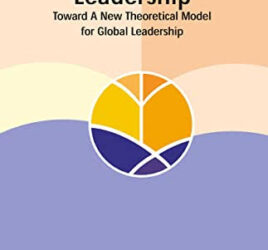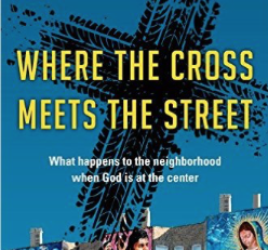Written as a textbook for students and practitioners of community development, Asset Building & Community Development presents the reader with basic concepts, a map of institutions, common strategies, case studies, and available resources for urban developing work (Green & Haines, 2012). Not intended to be “cookbook on how to mobilize communities,” the authors focus more on outcomes than on strategies (Green & Haines, 2012). The book is rim with facts, historical data, tables, lists, call-out boxes, case studies, and references. Certainly a valuable resource not any development worker would want to miss on their shelf.
Although a great wealth of information and experience is contained within its pages, the greatest weakness for an international student is the American context in which it is written and for which it is targeted. It is interesting to learn how community-based organizations (CBOs) came into existence and developed throughout the various political scenarios this past century in the USA, but it has very little relevance to my context here in Vietnam. On one hand, though, there are good examples of what a free society is like and could function. On the other hand, it leaves me as a reader wishing things were much simpler on the opposite side of the globe. Non-governmental organizations (NGOs) must be registered under and collaborate with a governmental mass organization. Community development cannot take place without involving various People’s Committees at the local, district, city, and provincial levels. Still, the book portrays a picture of what could be and challenges the international reader to imagine how this might possibly work within their particular political and societal context.
Much can be learned from America’s history of urban development, in particular from its mistakes. In particular, the typical need for urban development work in the USA was created as a result of the suburban sprawl. Unlike Asia, where sprawl refers to slums and migrant neighborhoods, American suburbia is primarily made up of the whites and the wealthy. Highways provided a way for the exodus out of the inner city, the wealthy now commuting from residentially zoned communities. The American dream of a house, a yard, a white picket fence, 2.5 children and dog was suddenly out of reach for those left behind in the inner city, specifically the black and the poor. Absent landlords inflated rental costs or abandoned buildings, throwing city blocks into mire conditions. Blue collar jobs could be found outside the city, yet the cost of transport prohibited inner city dwellers to get there. White collar workers commute by car into the city, resulting into dreadful traffic and environmental and noise pollution. With the education system receiving less in funding and job opportunities limited in the inner city, the youth resort to life (and death) on the street.
Many of the CBOs in America are aimed at resolving or reversing these and a plethora of other issues. Any source of capital can be leveraged to the benefit of restoring the city to livable and healthy environments for those who actually live there. Capital can be found in various forms: human, social, physical, financial, environmental, political, and cultural. Each of these are of value and need to be managed, protected, and developed.
The question for me is, will this be the future of Hanoi? As the first ring road highway and numerous suburbs for the wealthy are under construction, will the poor be left and abandoned in the inner city? Will the government learn from the mistakes made in the US this past century? Will citizens be able to take initiative, register non-profit organizations without government involvement, and become beneficiaries of government grants and ordinances? For now, community development in Hanoi is a very different picture from that of the USA and it is recommended that international students find more relevant textbooks to learn from.
By Jacob Bloemberg




